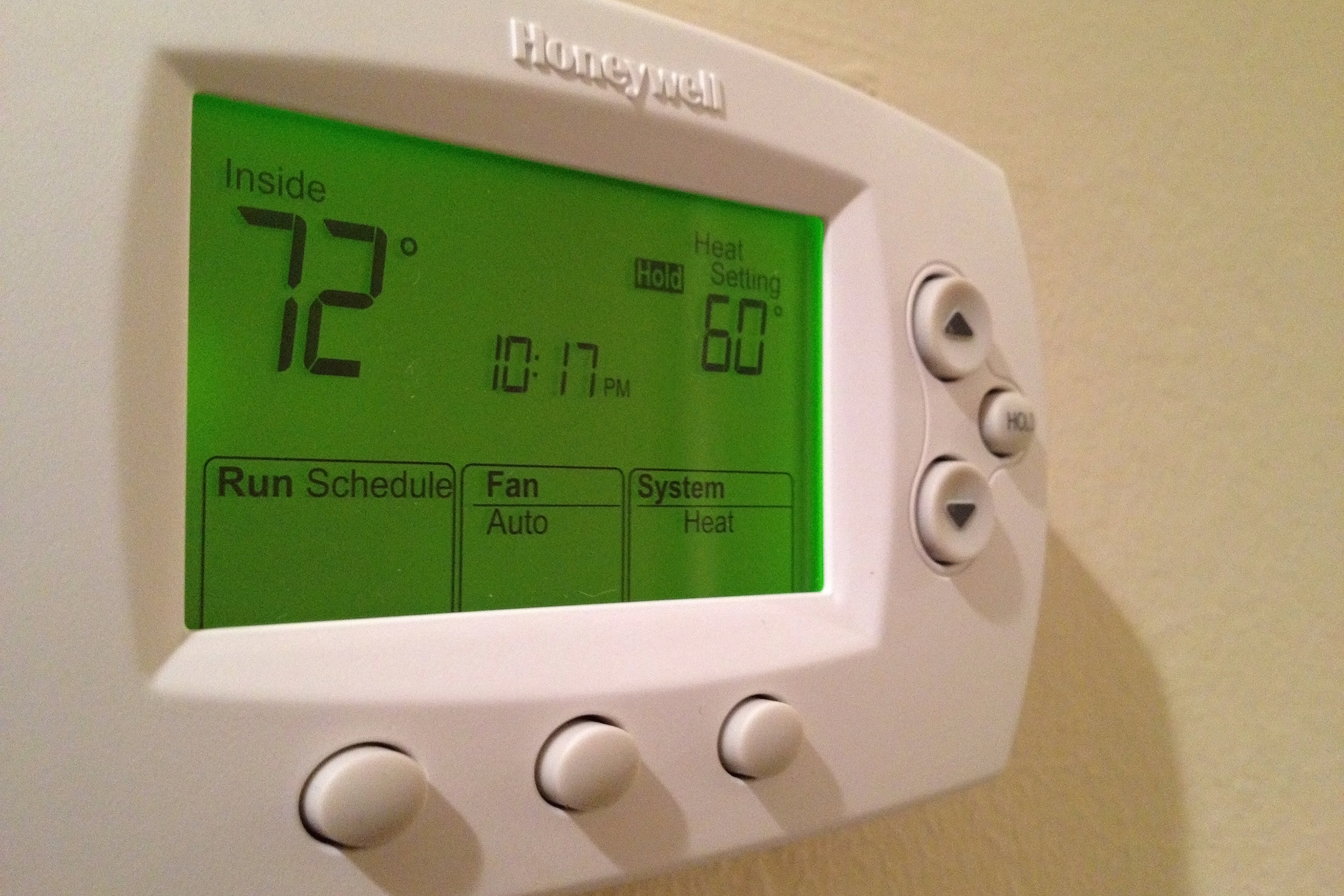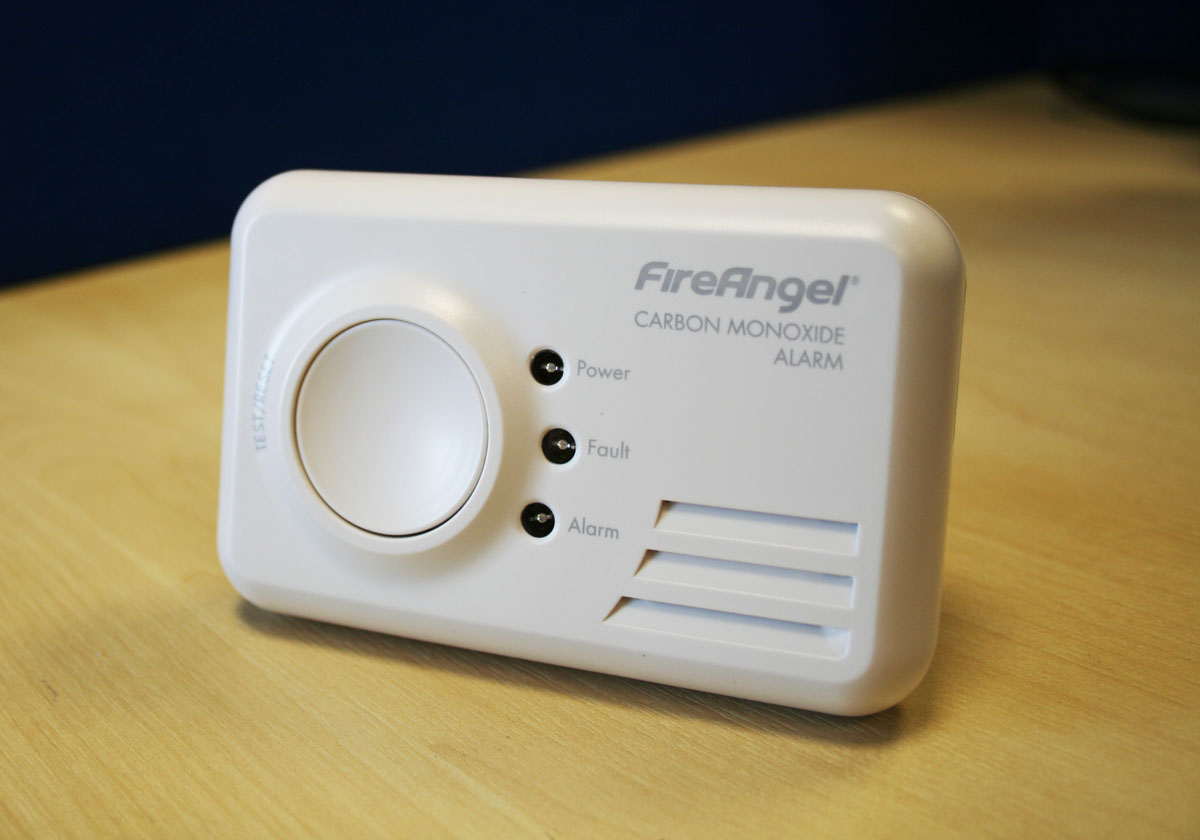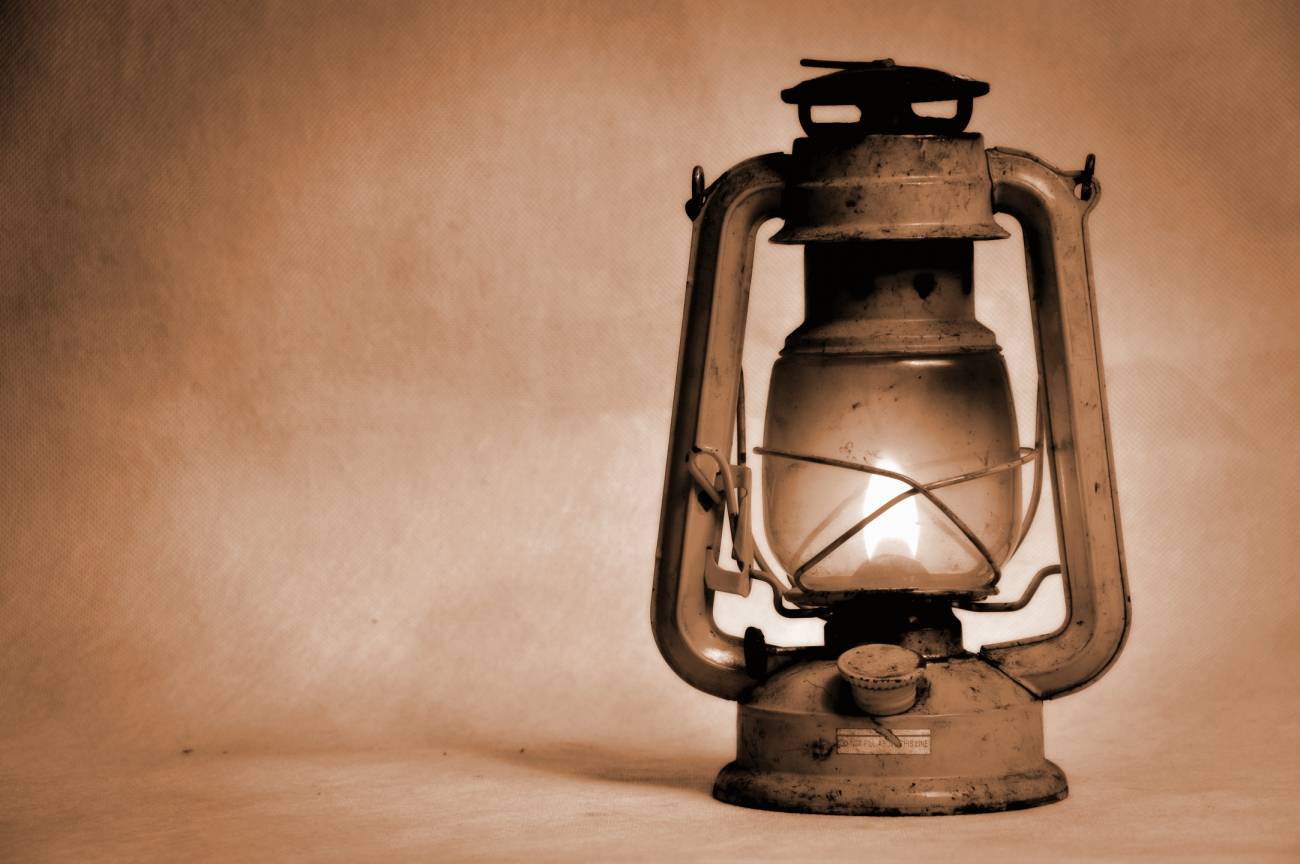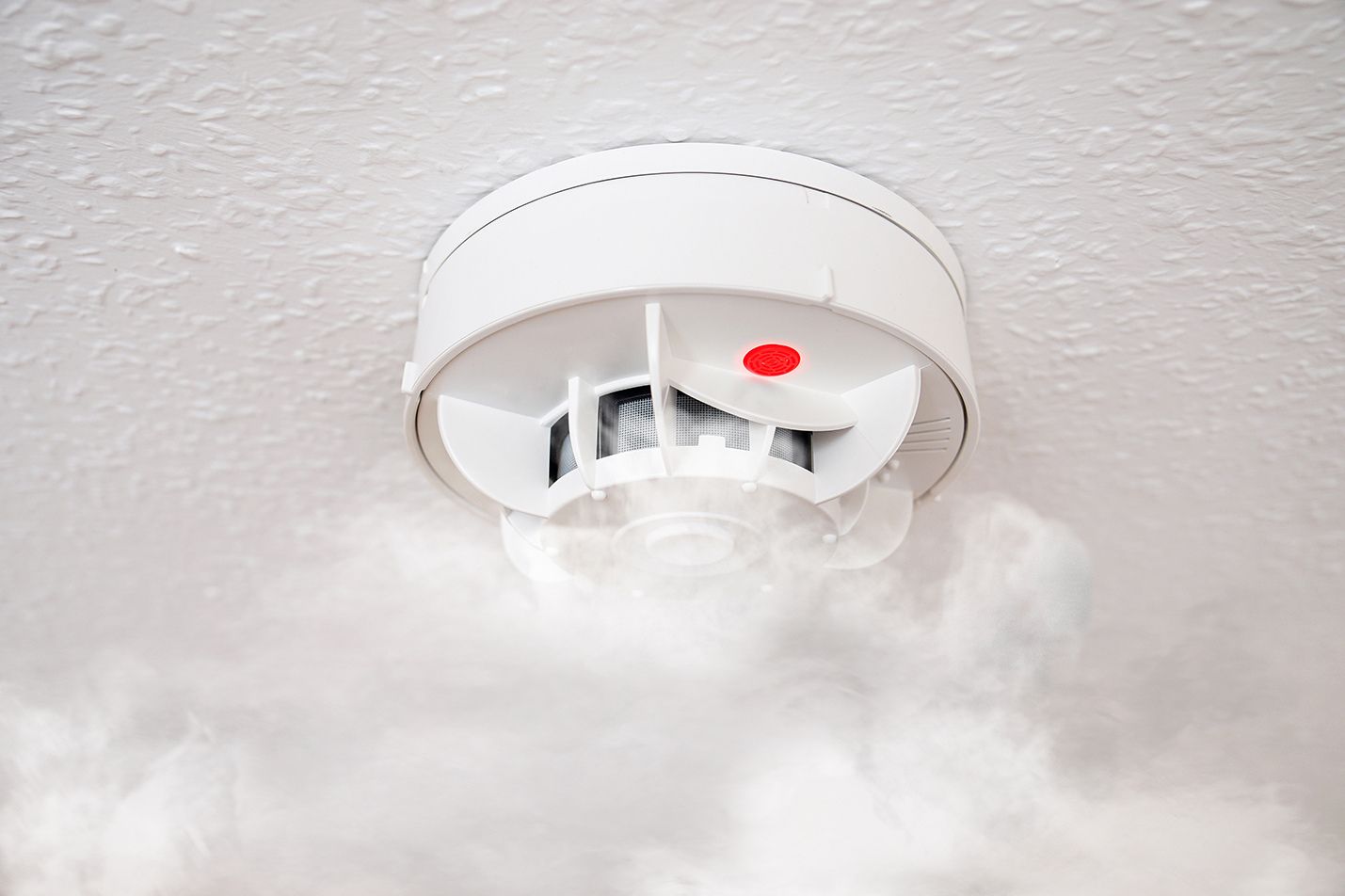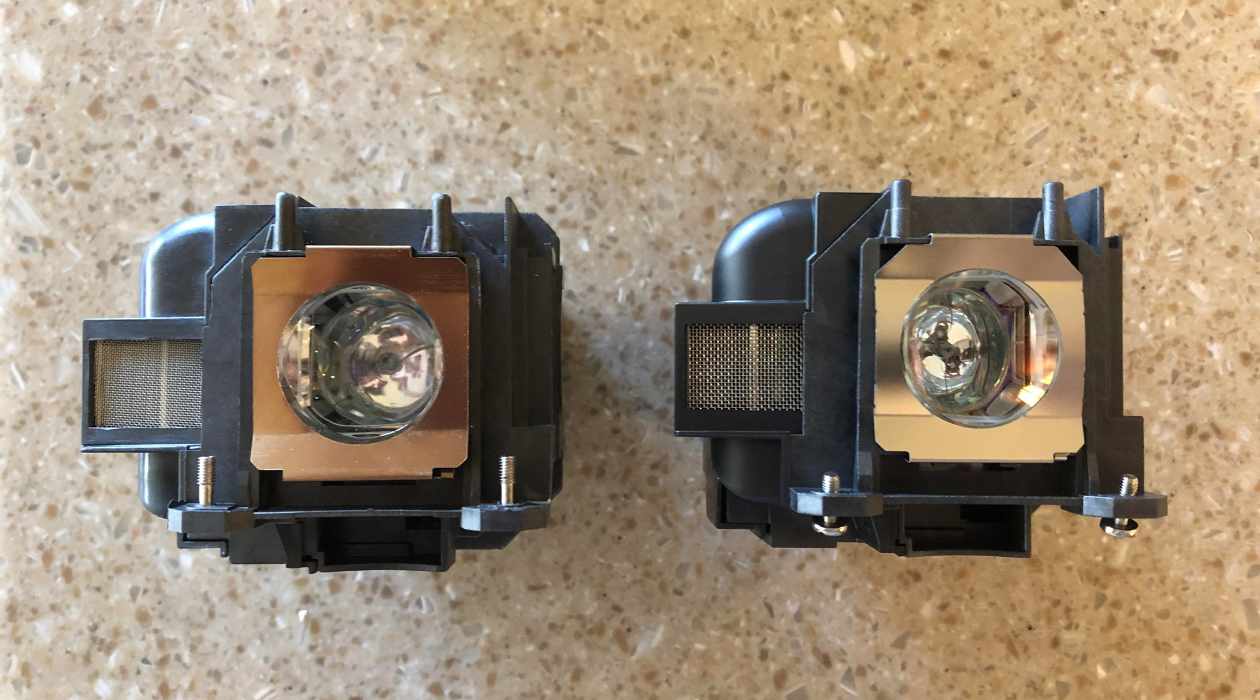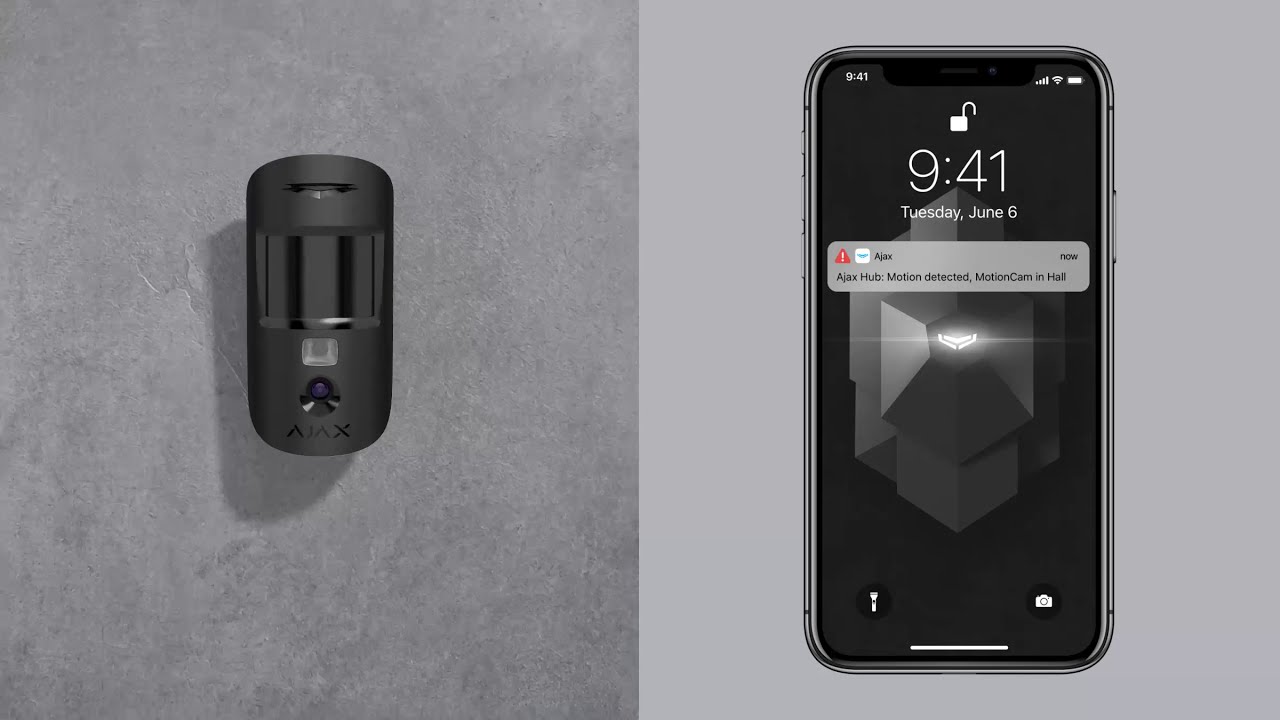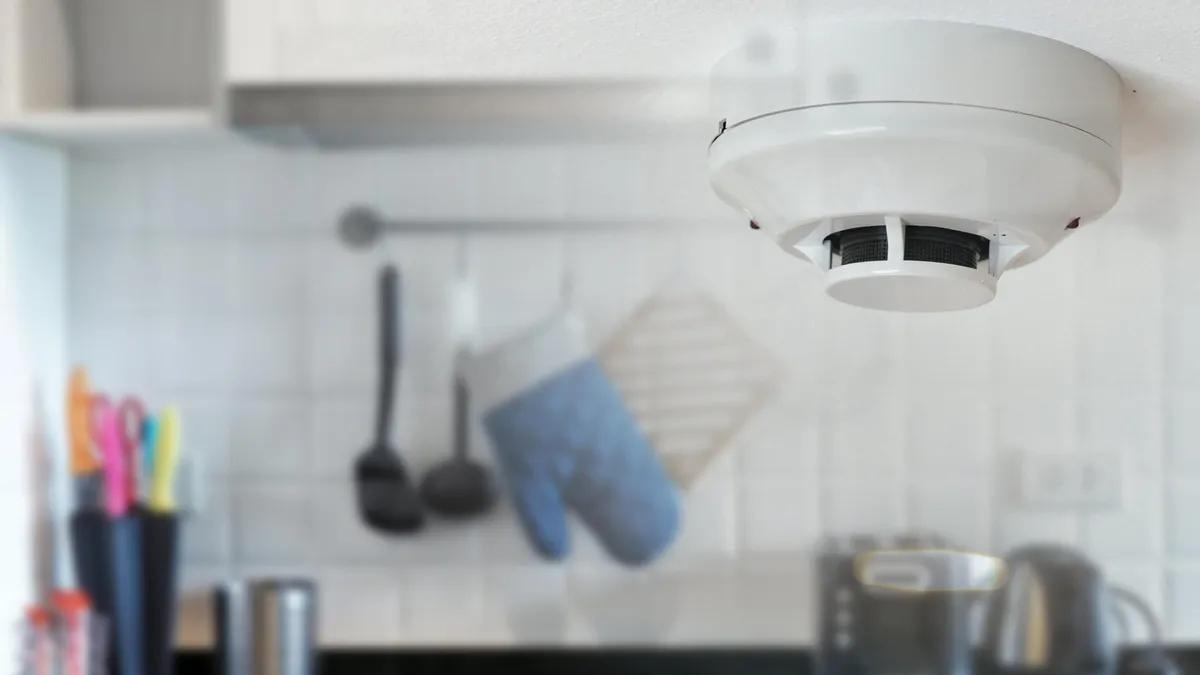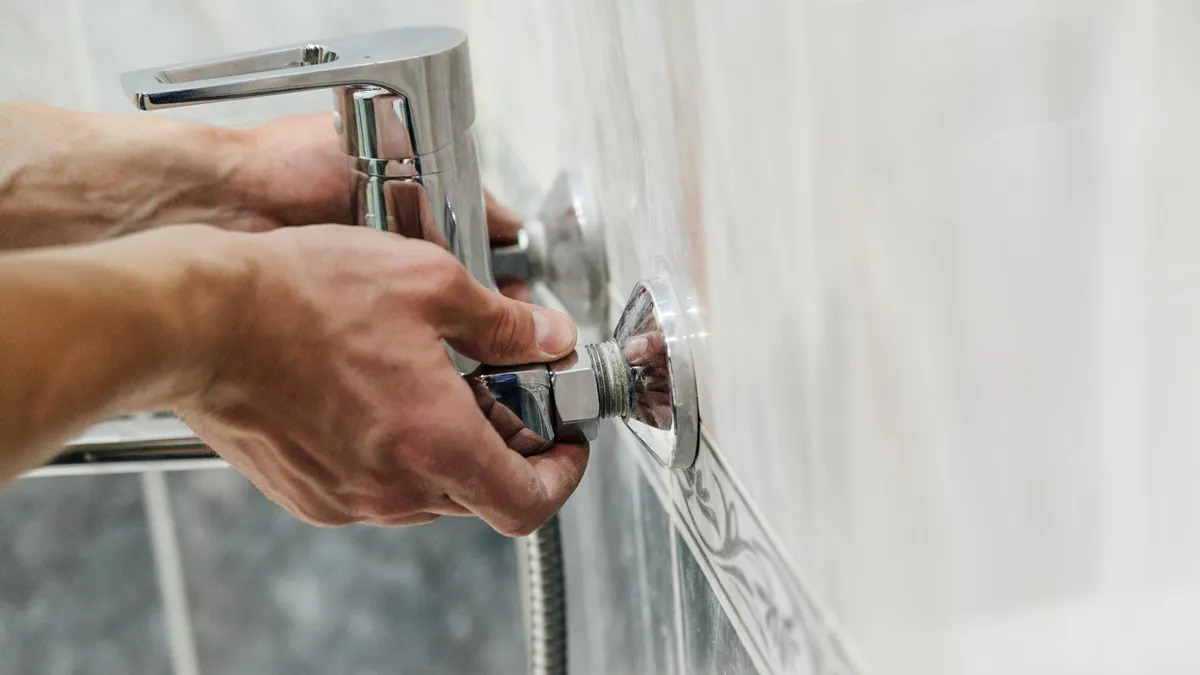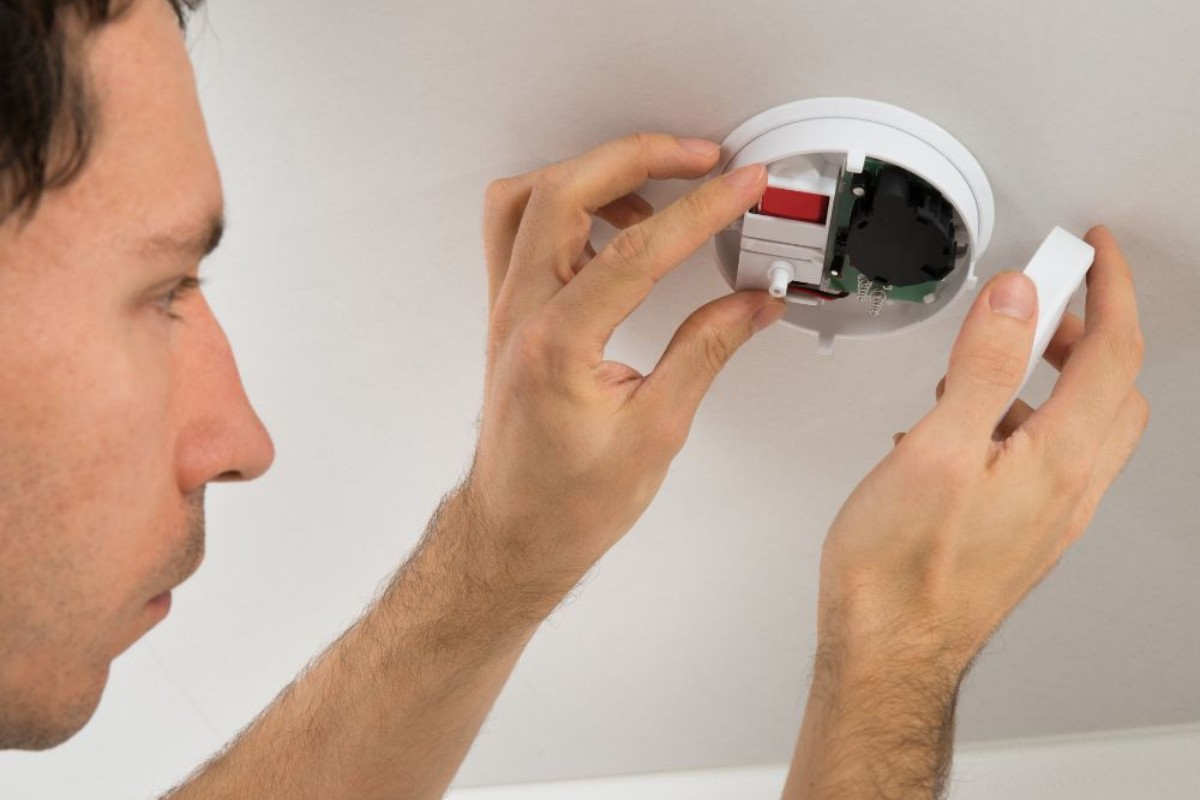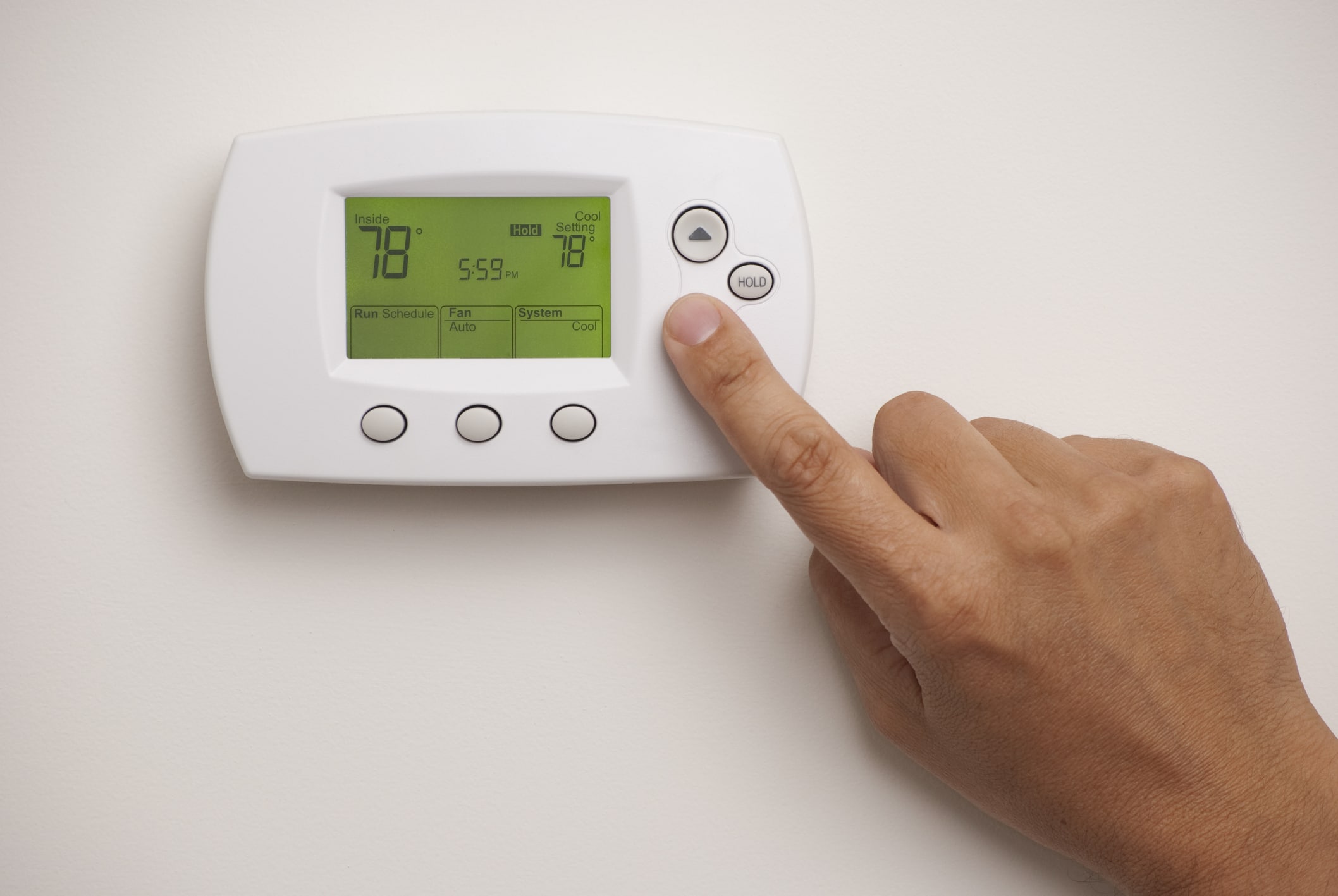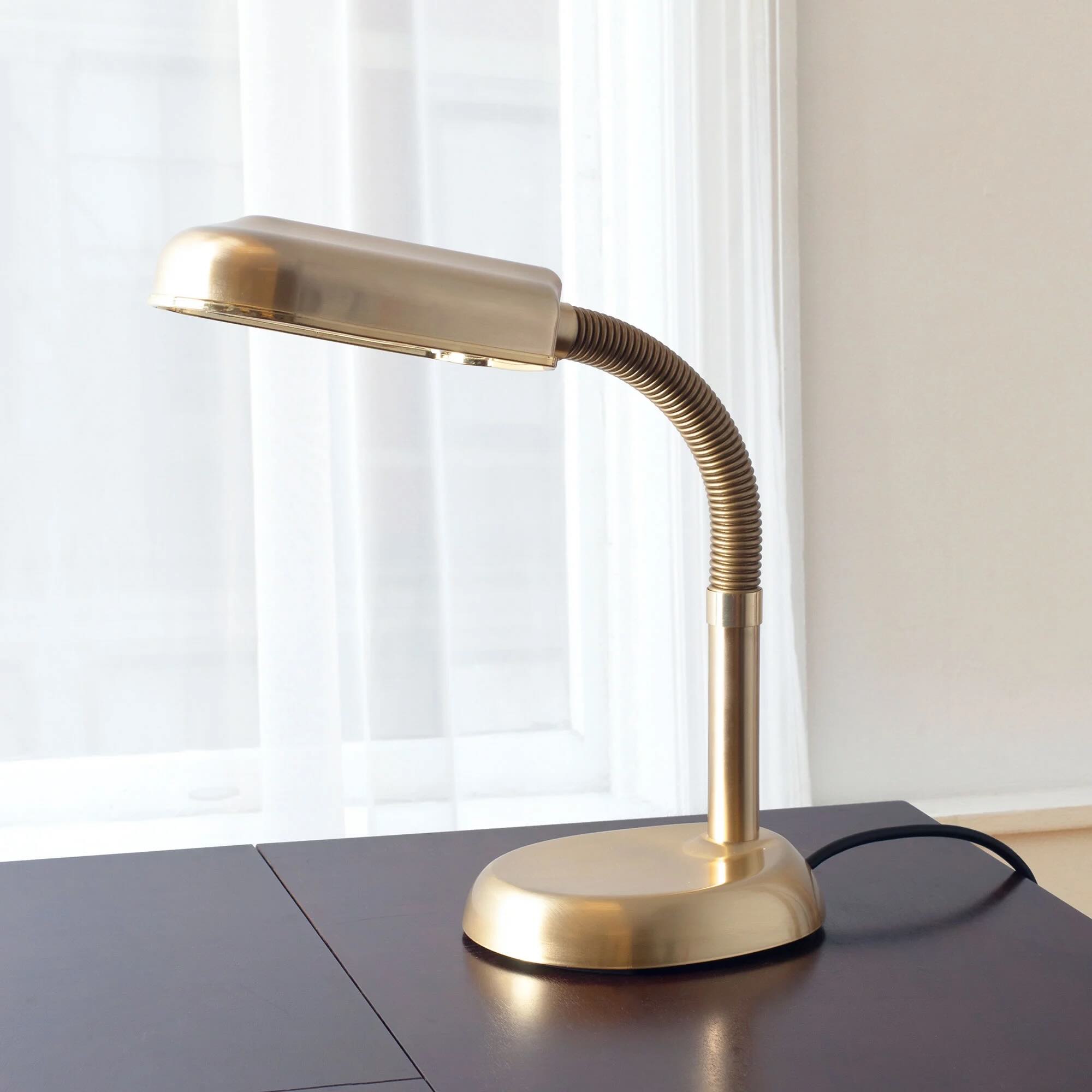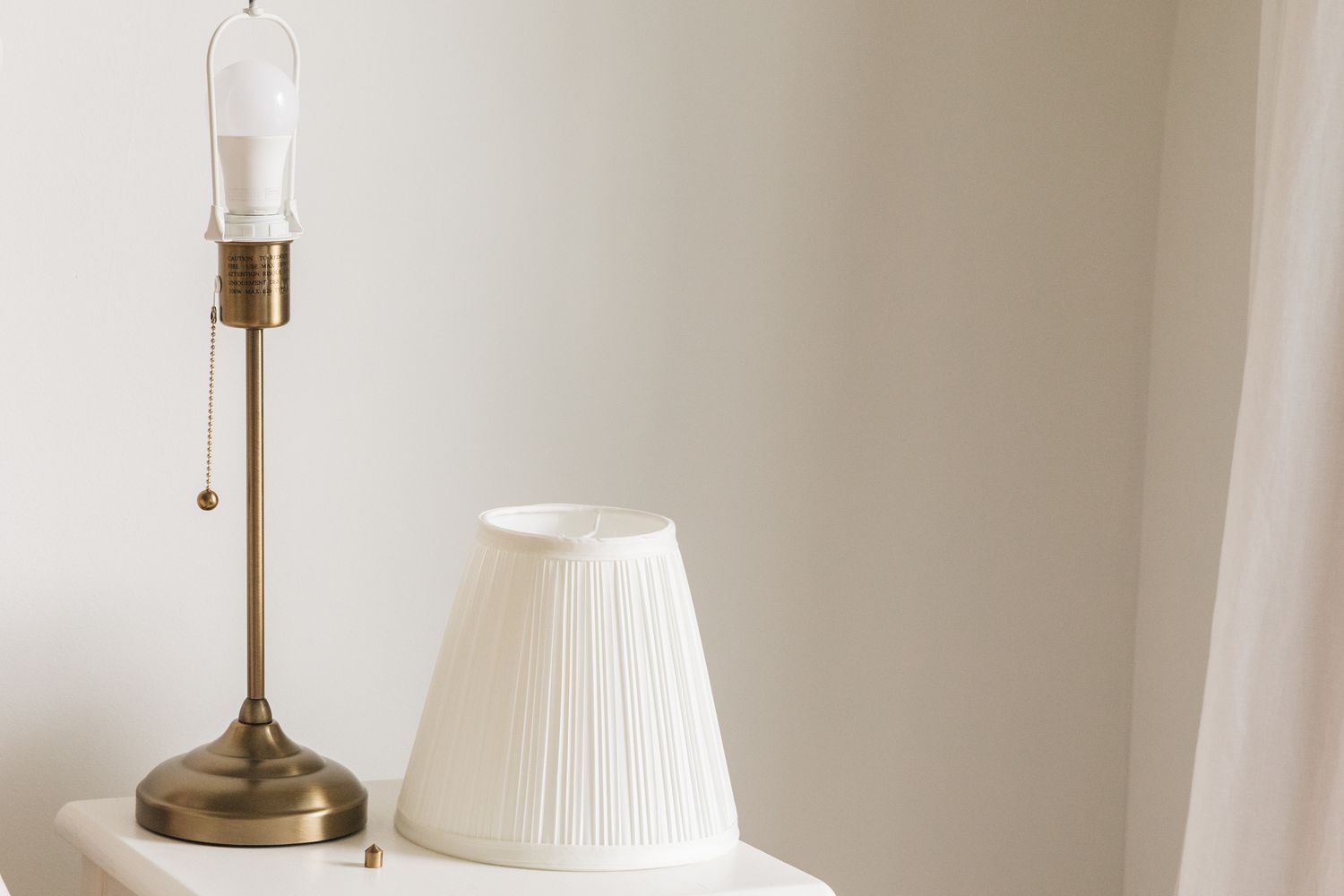

Furniture
Does A Lamp Draw Power When Off
Modified: December 7, 2023
Discover if a lamp draws power when it's turned off. Get insights into furniture energy consumption and learn how to save electricity with smart device usage.
(Many of the links in this article redirect to a specific reviewed product. Your purchase of these products through affiliate links helps to generate commission for Storables.com, at no extra cost. Learn more)
Introduction
When it comes to the world of furniture, one item that is often overlooked but plays a vital role in our daily lives is the lamp. Lamps are not only functional, providing light in our homes, but they can also serve as decorative pieces, enhancing the aesthetics of a room. However, have you ever wondered, “Does a lamp draw power when it is off?”
To answer this question, we need to delve into the concept of “draw power” and understand how lamps function.
When a lamp is turned off, you might assume it is not consuming any power. But you may be surprised to learn that even in the “off” state, some lamps still draw a minimal amount of power. This is known as standby power or phantom power.
Standby power is the electricity consumed by electronic devices when they are not actively being used but remain plugged into an outlet. It is also referred to as vampire power or vampire load because it drains energy like a vampire, even when not in use.
Lamps, like many other electronic devices, often have standby power consumption due to various components within their design. To understand why, we need to explore how lamps function.
Lamps typically consist of several key components, including a base, a bulb, a switch, and sometimes a power cord. The bulb is the primary source of light and is either incandescent, fluorescent, or LED. The switch controls the flow of electricity, allowing you to turn the lamp on and off.
When you turn off a lamp, you expect the flow of electricity to cease completely. However, in reality, there are various factors that can contribute to standby power consumption.
Key Takeaways:
- Standby power, or vampire power, causes lamps to draw minimal power even when turned off. Opt for energy-efficient lamps and unplug when not in use to reduce energy waste.
- Energy-efficient lamp options like LED and CFL reduce power consumption, lower bills, and promote environmental sustainability. Make the switch for a brighter, more energy-conscious future.
Read more: Why Does My Lamp Turn On And Off By Itself
What is “draw power”?
“Draw power” refers to the amount of electrical energy that is consumed by a device when it is connected to a power source and operating. It is essentially the power needed to run the device and perform its intended functions.
Every electronic device, including lamps, has a specific power requirement to function properly. This power requirement can vary based on factors such as the type of device, its design, and the specific features it offers.
When a lamp is turned on, it draws power from the electrical outlet to illuminate the bulb and provide light. The amount of power it draws depends on the wattage of the bulb and the efficiency of the lamp’s electrical components.
However, even when a lamp is turned off, it may still draw a small amount of power. This power consumption is known as standby power or vampire power.
Standby power is necessary for some devices to perform functions while in standby mode or to be ready for immediate use when turned on. For example, standby power allows devices like televisions to quickly respond to remote control signals and power on instantly.
In the case of lamps, the power draw in the “off” state is typically minimal but can vary depending on the specific lamp’s design and features.
It’s important to note that while standby power consumption may contribute to energy waste, the amount of power drawn by a single lamp in standby mode is usually quite small compared to other energy-consuming devices in your home, such as refrigerators or air conditioners.
Nonetheless, understanding standby power and its implications can help you make more informed decisions when it comes to energy consumption and choosing energy-efficient lamps.
Understanding standby power
Standby power, also known as standby mode or phantom power, refers to the electricity consumed by electronic devices when they are plugged into an outlet but not actively in use. It is the power that enables devices to respond quickly to user commands or to maintain certain functionalities while in a low-power state.
Standby power consumption is a pervasive issue in modern households, with various electronic devices drawing power even when apparently turned off. The cumulative effect of standby power across all devices can contribute significantly to energy waste and result in higher electricity bills.
In the case of lamps, standby power consumption is generally low compared to other electronic devices. However, it is still worth understanding how standby power works to make informed decisions about energy usage.
Most lamps require standby power for various functions, such as:
- Standby indicator lights: Many lamps have indicator lights that remain on even when the lamp is turned off. These lights consume a small amount of power to indicate that the lamp is ready for use.
- Dimmer switches: Lamps equipped with dimmer switches often require standby power to maintain the dimming settings and memory. This ensures that the lamp returns to the desired brightness when turned on.
- Remote control functionality: Some lamps have remote control capabilities, allowing users to turn them on or off from a distance. The standby power is necessary to receive and process signals from the remote control.
- USB ports or additional features: Certain lamps come with built-in USB ports or additional features like Bluetooth connectivity for charging devices or playing music. Standby power is required to support these functionalities.
It’s important to note that the standby power consumption of a lamp is influenced by its design and technology. Energy-efficient lamps, such as LED or CFL (compact fluorescent lamp) options, generally have lower standby power consumption compared to traditional incandescent lamps.
To minimize standby power consumption from your lamps and other electronic devices, there are several steps you can take:
- Unplug devices when not in use, especially ones that are rarely used or have no practical standby functionality.
- Use power strips or smart plugs to easily switch off multiple devices at once.
- Opt for energy-efficient lamps that have lower standby power consumption and higher overall energy efficiency.
- Regularly review your device usage and eliminate unnecessary standby power consumption.
By understanding standby power and implementing these practices, you can reduce energy waste, save on electricity costs, and make more environmentally conscious choices in your daily life.
How do lamps work?
Lamps, a common household item, provide light and ambiance to a space. Understanding how lamps work can give us insights into their power consumption, including when they are turned off. Let’s explore the basic workings of lamps.
A lamp consists of several essential components that work together to produce light:
- Base: The base is the foundation of the lamp, providing stability and support. It often contains electrical connections and components.
- Bulb: The bulb, also known as the light source, is where the actual illumination comes from. Traditional incandescent bulbs contain a filament that emits light when heated by an electric current. LED (Light Emitting Diode) and CFL (Compact Fluorescent Lamp) bulbs use different technologies to generate light.
- Switch: The switch allows the user to control the flow of electricity to the lamp. When the switch is turned on, it completes the circuit, enabling the current to flow and light up the bulb.
- Power cord: Some lamps have power cords that connect the lamp to an electrical outlet, allowing the flow of electricity.
When you turn on a lamp, the switch completes the circuit, allowing electricity to flow from the outlet through the power cord and into the lamp’s base. From there, the electricity reaches the bulb, causing it to emit light.
The type of bulb used in a lamp influences its power consumption. Incandescent bulbs are less energy-efficient compared to LED and CFL bulbs. Incandescent bulbs generate light by heating a filament to a high temperature, which requires a relatively large amount of electricity.
Meanwhile, LED and CFL bulbs use different technologies that are more energy-efficient. LED bulbs produce light when an electric current passes through a semiconductor material, whereas CFL bulbs utilize the excitation of mercury vapor to emit ultraviolet light, which is then converted into visible light.
When you turn off a lamp using the switch, you may assume that it stops drawing power. However, some lamps retain standby power consumption, as we discussed earlier. This is because certain components, like indicator lights, require a continuous low-level flow of electricity to function.
It is important to note that the power consumption of a lamp when it is off is typically minimal compared to when it is turned on and actively emitting light. However, being mindful of standby power and choosing energy-efficient lamp options can still help minimize overall energy consumption in your home.
By understanding how lamps work, you can make informed choices about the types of lamps and bulbs you use and ensure optimal energy efficiency in your lighting solutions.
The concept of “off” for lamps
When we talk about a lamp being “off,” it generally means that the light produced by the lamp has been intentionally switched off. However, the concept of “off” for lamps is not always as straightforward as it seems. Let’s explore this further.
When you flip the switch to turn off a lamp, you expect the flow of electricity to stop completely, and therefore assume that the lamp is not consuming any power. However, in reality, some lamps still draw a small amount of power even when they are turned off.
This residual power consumption is often referred to as standby power or vampire power. It exists because certain components within the lamp continue to function even when the light is not actively illuminating the space.
Standby power allows lamps to perform various functions even when they are not actively providing light. For example, some lamps have indicator lights that remain on when the lamp is turned off to indicate its readiness for use. These indicator lights consume a small amount of power to function.
In addition to indicator lights, other features of the lamp may require standby power as well. For instance, lamps with built-in dimmer switches need a small amount of power to maintain the dimming settings and memory. This ensures that when you turn on the lamp again, it returns to the desired brightness level set previously.
Another example is lamps that have remote control functionality. These lamps must stay in standby mode to receive signals from the remote control, allowing you to turn them on or off without physically operating the switch. The standby power consumption keeps the lamp ready to respond to the remote control’s commands.
It’s important to note that the amount of power drawn by a lamp in standby mode is generally quite minimal compared to when it is actively illuminating. However, if you have multiple lamps and electronic devices in your home, the cumulative standby power consumption can contribute to overall energy waste.
To minimize the standby power consumption of lamps, you can consider a few strategies. First, you can unplug the lamp when it is not in use, especially if you do not require the standby functionalities. Second, using power strips or smart plugs to easily switch off multiple lamps at once can be a convenient way to reduce standby power consumption.
Lastly, opting for energy-efficient lamp options can also help minimize standby power. Energy-efficient lamps, such as LED or CFL bulbs, generally have lower standby power consumption and overall energy usage compared to traditional incandescent bulbs.
By understanding the concept of “off” for lamps and being aware of standby power consumption, you can make informed decisions to minimize energy waste and maintain optimal energy efficiency in your lighting solutions.
Yes, a lamp still draws a small amount of power when it is turned off if it is plugged in. To completely stop power draw, unplug the lamp or use a power strip with an on/off switch.
Power consumption of lamps in standby mode
When a lamp is in standby mode, it may still draw a small amount of power, often referred to as standby power or vampire power. This power consumption occurs when the lamp is turned off but remains plugged into an electrical outlet.
The power consumption of a lamp in standby mode can vary depending on several factors:
- Lamp design: The design of the lamp plays a crucial role in determining standby power consumption. Lamps with additional features like indicator lights, dimmer switches, or remote control capabilities tend to consume more standby power than basic lamps.
- Lamp technology: The type of bulb used in the lamp also influences standby power consumption. Traditional incandescent bulbs generally have higher standby power consumption compared to more energy-efficient options such as LED or CFL bulbs.
- Standby functionalities: The specific functionalities of the lamp while in standby mode can contribute to power consumption. For example, if a lamp has indicator lights that remain on when the lamp is turned off, those lights will consume a small amount of power to function.
The power consumption of a lamp in standby mode is typically measured in watts. The standby power consumption of most lamps ranges from a few watts to a fraction of a watt. In comparison, when a lamp is turned on and actively producing light, its power consumption can be much higher depending on the wattage of the bulb.
It’s important to note that the standby power consumption of a single lamp is relatively low compared to other energy-consuming devices in a household. For example, the standby power consumed by a lamp is significantly less than that of a refrigerator or air conditioner.
However, when considering the overall energy consumption of your home and the number of electronic devices in standby mode, the cumulative standby power can contribute to energy waste and higher electricity bills.
To minimize standby power consumption, you can adopt energy-efficient practices such as:
- Unplugging lamps when they are not in use, especially if they do not have any necessary standby functionalities.
- Using power strips or smart plugs to easily switch off lamps and other electronic devices at once.
- Opting for energy-efficient lamp options like LED or CFL bulbs that have lower overall power consumption, including in standby mode.
By being mindful of lamp standby power consumption and making informed choices about energy-efficient lamps, you can contribute to a more sustainable and energy-efficient home environment.
Factors affecting power consumption when a lamp is turned off
When a lamp is turned off, you might assume that it is no longer consuming any power. However, there are several factors that can still contribute to power consumption even when the lamp is in the “off” state. Understanding these factors can help you make informed decisions to minimize energy waste. Let’s explore them:
- Standby functionalities: The standby functionalities of a lamp can significantly impact its power consumption when turned off. Lamps with additional features like indicator lights, dimmer switches, or remote control capabilities often require a small amount of power to maintain these functionalities, even in standby mode.
- Design and technology: The design and technology of the lamp can also influence its power consumption when turned off. Lamps with more advanced designs or built-in electronics may draw a slightly higher amount of power in standby mode compared to basic lamps with simpler designs.
- Age and condition: The age and condition of a lamp can also affect its standby power consumption. Older lamps or those that are not properly maintained may have higher power consumption even when turned off due to worn-out components or electrical inefficiencies.
- Power adapters and transformers: Some lamps come with power adapters or transformers to convert the electrical current to a suitable voltage for the lamp. These adapters and transformers may continue to draw a small amount of power even when the lamp is turned off.
- Power supply quality: The quality and stability of the electrical power supply in your home can also impact the standby power consumption of lamps. Unstable power supply or electrical fluctuations can cause lamps to draw more power in standby mode.
It is worth noting that while the power consumption of a lamp in standby mode is generally minimal compared to when it is actively producing light, the cumulative power consumption of multiple lamps and electronic devices in a household can still contribute to energy waste.
To minimize power consumption when lamps are turned off, you can take certain steps:
- Unplug lamps when they are not in use, especially if they do not have any necessary standby functionalities.
- Use power strips or smart plugs with energy-saving features to easily switch off lamps and other devices at once.
- Choose energy-efficient lamps that have lower standby power consumption, such as LED or CFL options.
- Regularly maintain and update your lamps to ensure they are functioning optimally and not consuming excessive power.
By understanding the factors that affect power consumption when lamps are turned off and implementing energy-saving practices, you can contribute to a more energy-efficient and environmentally conscious home.
Energy-efficient lamp options
Choosing energy-efficient lamp options not only helps reduce power consumption but also contributes to environmental sustainability. Energy-efficient lamps not only consume less energy but also have longer lifespans, resulting in cost savings over time. Here are some energy-efficient lamp options to consider:
- LED (Light Emitting Diode) Lamps: LED lamps are highly energy-efficient and long-lasting. They use significantly less electricity than traditional incandescent bulbs and have a lifespan of around 25,000 to 50,000 hours. LED lamps are available in a wide range of designs, colors, and brightness levels, making them suitable for various lighting needs.
- CFL (Compact Fluorescent Lamp) Lamps: CFL lamps are another energy-efficient option. They use about 75% less energy than incandescent bulbs and last up to ten times longer. CFL lamps provide bright, warm light and are available in different styles and shapes to fit various fixtures.
- Halogen Incandescent Lamps: Halogen incandescent lamps are a more energy-efficient alternative to traditional incandescent bulbs. They use a halogen gas fill instead of a vacuum, which increases their efficiency. While halogen incandescent lamps are not as energy-efficient as LED or CFL lamps, they offer a similar warm, high-quality light and are compatible with most standard fixtures.
- Smart Lamps: Smart lamps are technologically advanced lamps that offer energy-saving features. They can be controlled remotely using a smartphone or voice commands, allowing you to customize lighting schedules and dimming options. Some smart lamps also have energy-monitoring features, helping you track and manage your energy usage.
When choosing energy-efficient lamps, there are a few factors to consider:
- Look for lamps with the ENERGY STAR certification. This label ensures that the lamp meets strict energy efficiency guidelines set by the U.S. Environmental Protection Agency.
- Consider the light output and color temperature of the lamp. Different lamps offer varying brightness levels and color hues, allowing you to select the right lighting for your needs and preferences.
- Take into account the lamp’s lifespan. Energy-efficient lamps generally have longer lifespans, which means they will need fewer replacements over time.
- Compare wattage ratings to determine energy consumption. Lower wattage bulbs typically consume less energy while still providing adequate light output.
- Pay attention to the lamp design and compatibility with your existing fixtures to ensure a seamless integration into your home decor.
By choosing energy-efficient lamp options, you can significantly reduce energy consumption, lower your electricity bills, and make a positive impact on the environment. Additionally, energy-efficient lamps often produce less heat, making them safer and more comfortable to use. So, make the switch to energy-efficient lighting and enjoy both the environmental and financial benefits it offers.
Conclusion
Lamps are not only functional sources of light but also play a significant role in enhancing the aesthetics of our living spaces. Understanding the factors surrounding power consumption when lamps are turned off is crucial for making informed decisions about energy usage and minimizing standby power waste.
While lamps generally draw minimal power in standby mode, standby power consumption can still contribute to energy waste, especially when considering the cumulative impact of multiple lamps and electronic devices in a household. Being mindful of standby power and choosing energy-efficient lamp options can help reduce overall power consumption, save on electricity bills, and promote environmental sustainability.
Energy-efficient lamp options, such as LED, CFL, and halogen incandescent lamps, offer lower power consumption and longer lifespans compared to traditional incandescent bulbs. These lamps provide efficient lighting solutions without compromising brightness and functionality. Additionally, smart lamps with energy-saving features allow for customized control and monitoring of energy usage.
To further minimize power consumption when lamps are turned off, adopting practices like unplugging lamps when not in use, utilizing power strips or smart plugs, and ensuring proper maintenance of lamps can make a notable difference in energy conservation.
By understanding the concept of standby power, considering the factors that influence power consumption when lamps are turned off, and making conscious choices about energy-efficient lamps, we can contribute to a more sustainable future while enjoying the benefits of quality lighting in our homes.
So, let’s be mindful of our lamp usage, embrace energy-efficient technologies, and take small steps towards a brighter and more energy-conscious future.
Frequently Asked Questions about Does A Lamp Draw Power When Off
Was this page helpful?
At Storables.com, we guarantee accurate and reliable information. Our content, validated by Expert Board Contributors, is crafted following stringent Editorial Policies. We're committed to providing you with well-researched, expert-backed insights for all your informational needs.
